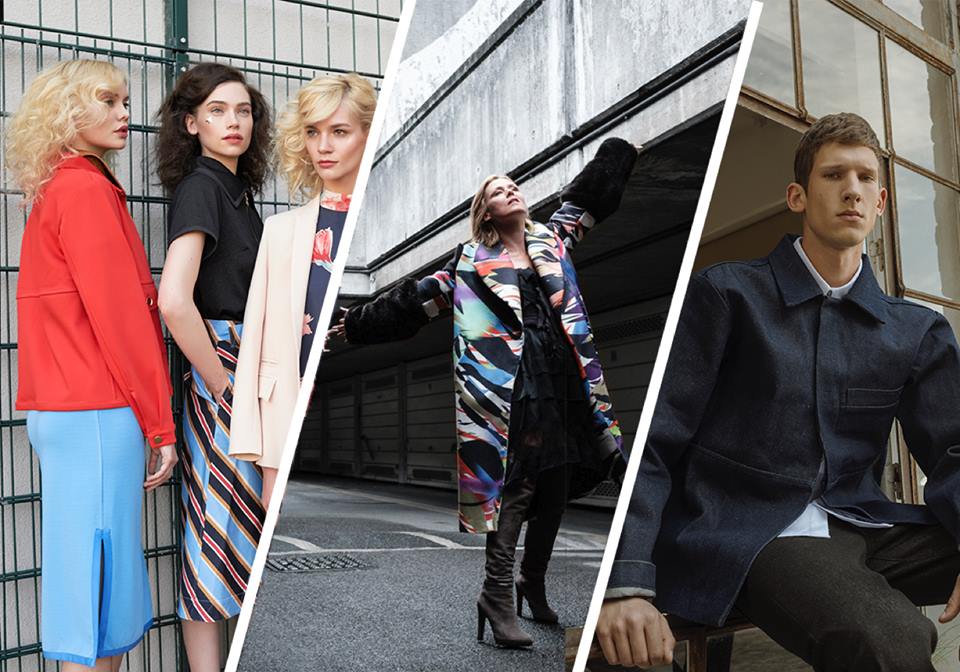(text: Emese Dobos-Nagy)
Two years ago established Société is a creative space to experience art, fashion and gastronomy of Central Europe in a brand new way in Budapest. If you heard about the Societe hub for the first time, this platform should be on your radar! They also launched a business-focused mentoring program for Central European fashion designers that offers media coverage, networking opportunities and helps brand building and sales on the international market. Final designers, who got the chance to take part in 2017/2018 in the program, have been selected. The next possibility to join will be in summer 2018. (So stay tuned, we will be the first ones letting you know when to register!)
We wanted to know more about the whole program, the criteria of selection and the future possibilities of the V4 market. Therefore we talked with the Martyna Panczak, Head of Société Fashion, about the selection process, CEE style and challenges in the V4 market as well.
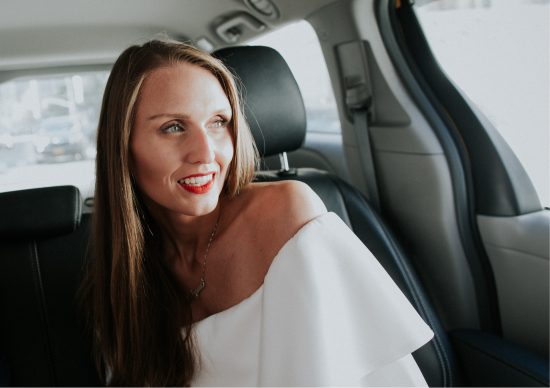
’We didn’t look for great design, we looked for potential’
EDN: What did the process of designer’s selection from all the Central European countries look like? Were you looking for something extraordinary or outstanding?
MP: There were 44 designers applying from four countries and the biggest application base was from Poland. What we are actually looking for were not necessarily interesting garments. We primarily looked at the business side of the fashion projects. What was very important for us was a business with vision, understanding of the market, the potential to scale-up and actually the will to grow. Analyzing all the business proposals we limited our choice to 20 and then we looked at the visual side of them. There were accessories, shoes, womenswear, menswear and swimwear brands as well. We were looking for products which are a little bit more commercial but still very fashion-forward. We were lucky to work with quite sophisticated designers who made pieces of art, products that were visually very appealing. In the last part of the selection process, the main factor was quality. We looked at the products with the eyes of a buyer: checking every stitch, fabric quality and tailoring. 12 pre-selected brands had the greatest potential to take an advantage of our program.
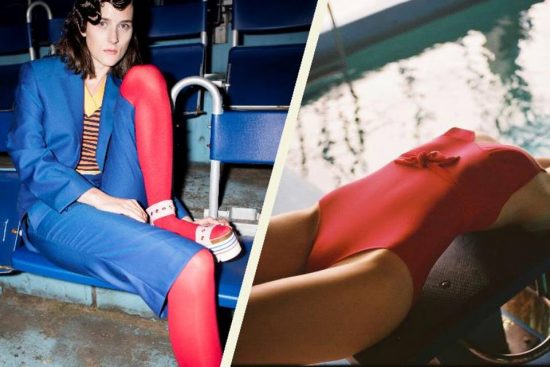
It could be hard to choose because creativity and business-mindedness don’t squarely go together.
What I am always seeking for, are people with the potential to be successful. And even if the designers want to be very successful, they need to have a lot of core skills which are not necessarily related to manual work. There are probably around 8000 fashion design students graduating globally every year, 80 % of them are extremely talented kids but actually, just 2 % of them will make it happen. We are looking for this 2 % who are great creators and open-minded business people to make money out of their work. So we didn’t look for great design, we looked for potential.
What was your general impression about the applicants?
We received applications from the whole spectrum of quality. We got several which were automatically dismissed because they didn’t fit formal requirements. There were some, which showed very strong design but the business side was very weak. It was heartbreaking to go through them. And the others were as detailed and perfect as a Ph.D. proposal! Even the packaging of the application files was so perfect. When it comes to the quality of the design it was from the higher end. They did a really good job in terms of the product preparation. It is important to mention that it was easy to choose the 12, but it was extremely hard to limit it down to 6. We brought to New York the 12 brands and had very long, detailed discussions about them.
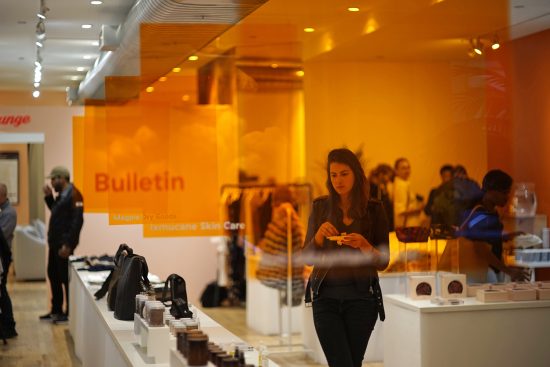
Do you see any significant difference between the style of the countries’ designers? Can we say that she is definitely from Hungary or he is a Polish designer?
I think, all in all, fashion became a very globalized business. Most of the designers follow global trends. What maybe distinguish our region is an inspiration of the end of socialist era and beginnings of the new free Central Europe of the early ’90s. People from abroad find it a bit exotic.
Six designers can participate in the Accelerator program in 2017: Bodymaps, Grandpa, Jiri Kalfar, Kata Szegedi, Laformela, and Tomcsanyi. Even if they represent different styles and categories (womenswear, menswear, swimwear), how do you see the main similarities and differences between them?
I think the main division which strikes you is the division between new and old. We have three very fresh brands: Grandpa, Bodymaps, and Jiri Kalfar, that are taking first serious steps in the industry and three ’veterans’: Kata Szegedi, Tomcsanyi, and Laformela. You can catch the difference in their approach to business. The ’olders’ are not so hungry for success, they already made it in a way and they have less to lose. Youngsters have a much stronger drive and passion for making it happen.
It is hard not to lose your energy if you put all of it into something for a while and you don’t see equivalent results.
Yes, it is totally understandable. But it is also a big pressure for us because they have enormous hopes. On the other hand, the ’kids’ are just before their first big successes and you see them working day and night. If you call Annamari from Grandpa on Saturday evening she is still working at the showroom on the new collection and the designer of Bodymaps hadn’t been on holiday for 4 years until this October when she finally let herself rest after the success of MBFWCE. They put really much into it, they are extremely driven and flexible, they are very open to all the feedback and comments. And you can actually see them implementing what we advice them and it is extremely awarding also to us.
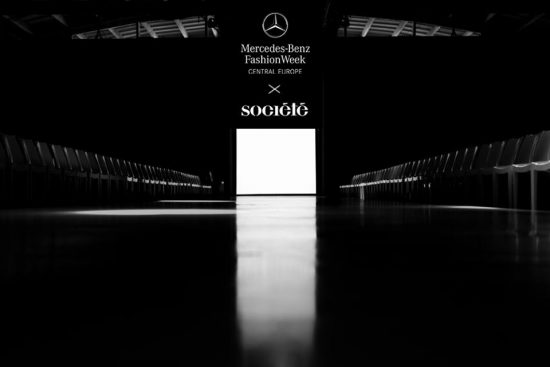
You are before the three 5-day long sessions with the participants. What are your goals, what would you like to achieve with the designers after this events? Do you plan any alumni program for them?
Our idea is to keep them close as long as they need assistance but we see them developing at the same time. The first year gives them all the background that comes from education and it will cover three panels: business development, media and communication and sales. Also, each of the designers has a mentor, who they are working with during the whole span of the program. So we really want to give them proper basis. But this is obviously not the end, we don’t want to cut the ties with them and will assist with business network and professional advises once they graduate as well.
What are the biggest challenges for you in connection with the Accelerator Program?
The biggest challenge was to bring world-class experts from London, New York, and Paris to Budapest. Opportunities are limited because there are a few people who have global knowledge. It is a big challenge to attract people from the West, make them excited about our region and bring them to Budapest taking their extremely valuable time. It is also the most expensive part of the program, however, we are in the search for partners who are willing to support businesses in the field of fashion.


